Garden Designer
Why Every Garden Needs a Professional Garden Designer
Your garden represents more than just outdoor space—it’s an extension of your home, a sanctuary for relaxation, and a canvas for creative expression. Yet many homeowners struggle to unlock their garden’s true potential, often settling for uninspired layouts or costly DIY mistakes that fail to deliver the stunning results they envisioned.
Pursuing a career as a garden designer is a rewarding path that requires a blend of creativity, horticultural knowledge, and formal education in landscape design. Developing these skills opens the door to a fulfilling profession dedicated to transforming outdoor spaces.
A professional garden designer transforms ordinary outdoor spaces into extraordinary environments tailored to your lifestyle, aesthetic preferences, and practical needs. These skilled professionals combine horticultural expertise with design principles to create gardens that are both beautiful and functional, offering long-term value that far exceeds the initial investment. Beyond aesthetics, a garden designer helps you connect with nature and your outdoor environment, fostering a deeper appreciation and relationship with the natural world.
Whether you’re working with a compact urban plot or sprawling countryside estate, the right garden designer can help you navigate the complexities of plant selection, seasonal planning, and landscape integration. At the Gloucester Garden Design Company, we understand that every garden tells a unique story, and our role is to help you tell yours with creativity, expertise, and meticulous attention to detail.
This comprehensive guide explores everything you need to know about working with a garden designer, from understanding their role to choosing the right professional for your project.
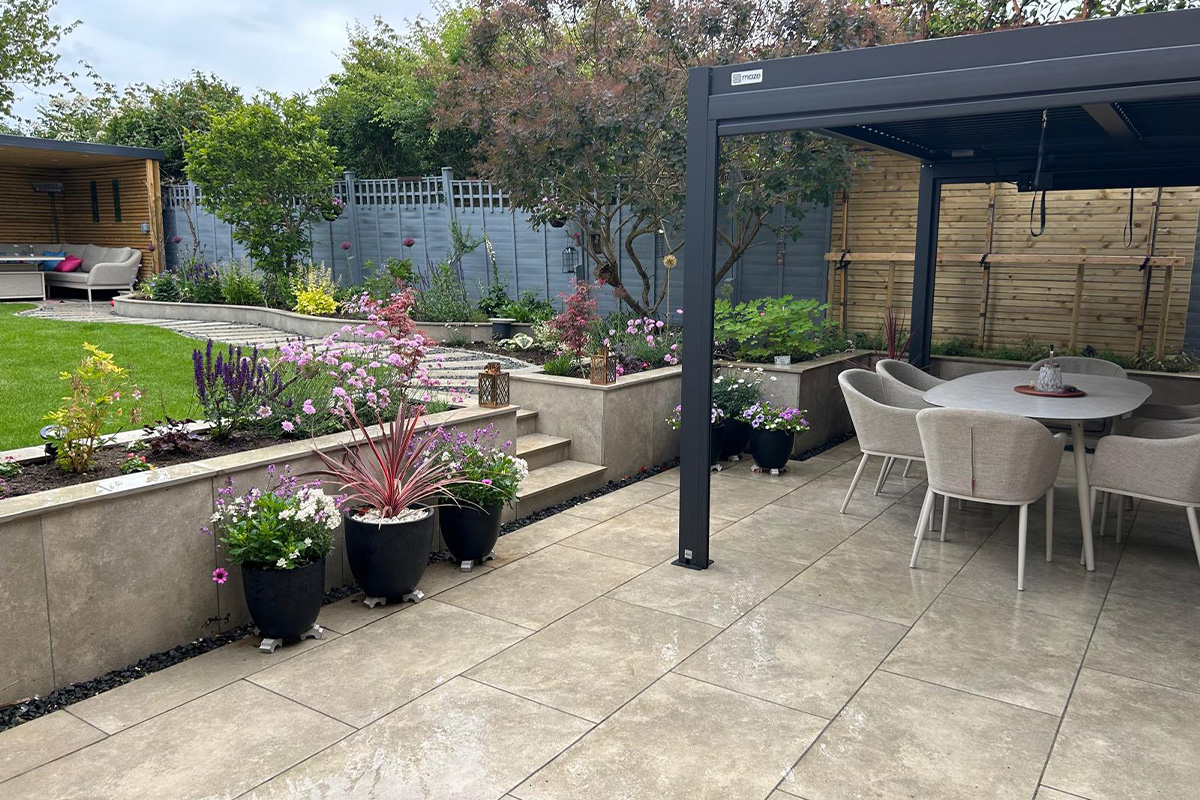
What is Garden Design?
Garden design is the creative and practical process of shaping your outdoor space into a beautiful garden that reflects your personal taste and enhances your house and its surroundings. It’s much more than simply planting a few flowers or laying down a lawn—garden designers expertly combine hard landscaping elements like brick patios, stone pathways, and wooden structures with soft landscaping, including a diverse array of plants, trees, and shrubs.
A well-designed garden is tailored to the unique scale and character of your property, whether you’re starting from scratch or reimagining an existing landscape.
The process involves careful planning to ensure that every element, from the placement of trees to the choice of paving materials, works in harmony with your lifestyle and the natural environment. Garden design can transform even the smallest spaces into tranquil retreats or turn large landscapes into impressive outdoor living areas.
By considering factors such as sunlight, soil, and the architectural style of your house, garden designers create outdoor spaces that are not only visually stunning but also functional and sustainable. The result is a garden that brings year-round enjoyment, increases your property’s value, and provides a living extension of your home that you’ll love for years to come.
The Comprehensive Role of a Garden Designer
Garden designers serve as both artists and scientists, blending creative vision with practical horticultural knowledge to craft outdoor spaces that thrive across seasons. Designing a garden requires skill, creativity, and an understanding of tools and techniques to bring together every element into a harmonious whole. Their expertise extends far beyond simply arranging plants—they orchestrate every element of your garden to create cohesive, sustainable environments.
The planning process begins with understanding your space’s unique characteristics: soil composition, drainage patterns, existing structures, and microclimates. Professional designers assess these factors alongside your personal preferences, lifestyle requirements, and budget constraints to develop comprehensive design solutions. At any point in the design process, adjustments and improvements can be made to ensure the best possible outcome for your garden.
Hard Landscaping Excellence
Professional garden designers excel at integrating structural elements that form your garden’s backbone. Patios provide entertaining spaces and visual anchors, while thoughtfully designed pathways guide movement and create flow throughout the space.
Decking areas extend indoor living outdoors, and retaining walls address practical concerns whilst adding architectural interest. Designers carefully shape the layout and form of patios, pathways, and other hard landscaping features to suit the overall design.
These hard landscaping elements require careful consideration of materials, proportions, and placement. A skilled designer ensures that patios receive appropriate sun exposure for your intended use, pathways follow natural sight lines, and structural features complement your home’s architectural style.
Soft Landscaping Mastery
The artistry of garden design truly shines in plant selection and placement. Professional designers understand how different species interact, considering factors like mature size, seasonal interest, colour combinations, and maintenance requirements. They create planting schemes that provide year-round appeal whilst supporting local wildlife and adapting to changing seasons.
Successful soft landscaping requires deep knowledge of plant behaviour, growth patterns, and compatibility. Designers strategically layer plantings to create depth and visual interest, positioning specimen plants as focal points whilst using mass plantings to create cohesion and impact.
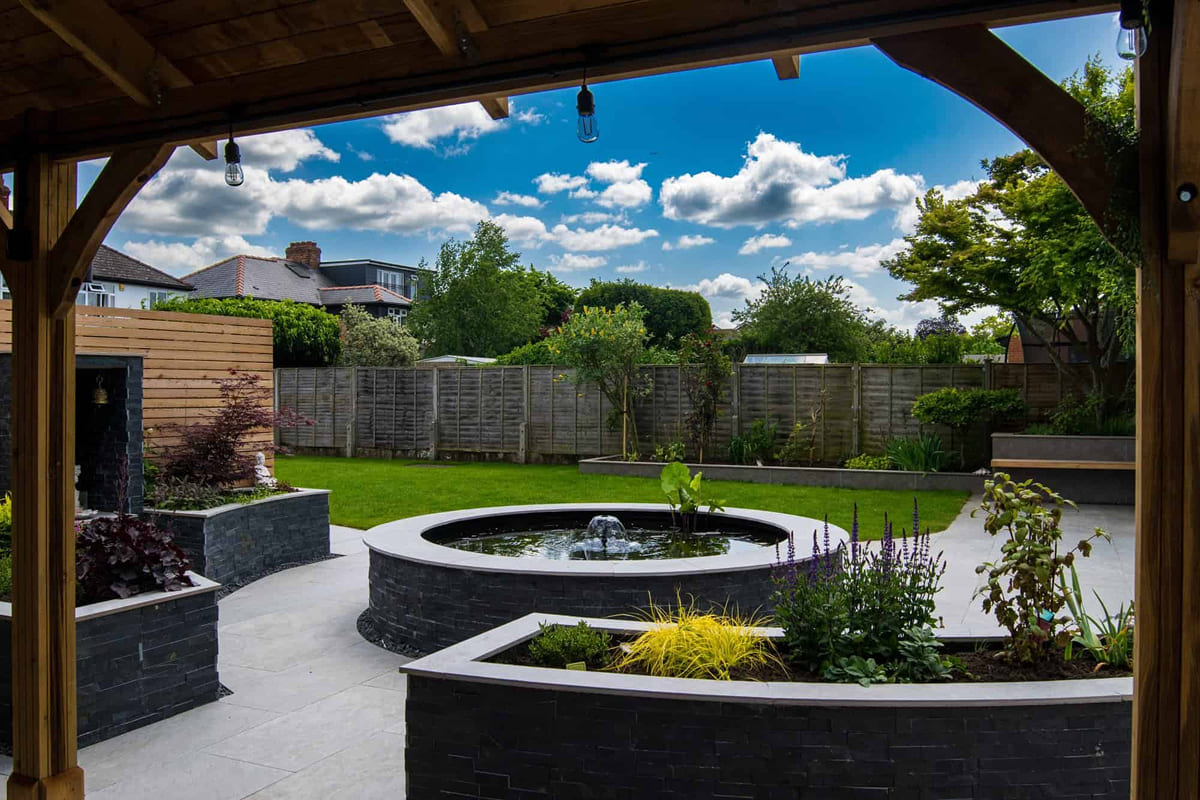
Compelling Benefits of Professional Garden Design
Hiring a garden designer offers numerous advantages that extend well beyond aesthetic improvements. In garden design, certain aspects—such as layout, plant selection, and functionality—truly matter when it comes to creating a successful and enjoyable outdoor space. These professionals bring specialised knowledge that helps avoid costly mistakes whilst creating outdoor spaces that truly enhance your quality of life.
Expert Knowledge and Design Principles
Garden designers possess extensive training in horticultural science, design theory, and landscape architecture. They understand complex relationships between soil types, plant compatibility, seasonal cycles, and environmental factors that casual gardeners often overlook. This expertise ensures your garden not only looks beautiful initially but continues to thrive and evolve positively over time.
Professional designers stay current with industry trends, innovative materials, and sustainable practices. They can introduce you to exciting new plant varieties, cutting-edge design concepts, and eco-friendly solutions that you might never discover independently. When visiting other gardens, be sure to take note of effective design elements, plant combinations, and landscaping materials, as this practice will help you develop your own design sensibilities.
Time and Cost Efficiency
Many homeowners underestimate the time investment required for successful garden projects. Professional designers streamline the entire process, handling research, planning, sourcing, and coordination efficiently. They prevent costly trial-and-error approaches that often plague DIY projects, ensuring your investment delivers maximum impact.
Designers maintain relationships with quality suppliers and contractors, often securing better prices and ensuring reliable service. Their experience helps avoid common pitfalls like selecting inappropriate plants, poor drainage solutions, or inadequate structural planning that can result in expensive corrections.
Enhanced Property Value
Well-designed gardens significantly boost property values whilst improving kerb appeal. Professional landscaping can increase property values by 10-15%, making it one of the most cost-effective home improvements available. Quality garden design creates a lasting visual impact that appeals to potential buyers whilst providing immediate enjoyment for current homeowners.
Beyond monetary value, professionally designed gardens enhance daily life quality. They create peaceful retreats, entertaining spaces, and connections with nature that contribute to physical and mental well-being. Even close friends may not fully appreciate the impact a professional garden designer can have on both property value and quality of life.
Personalised Solutions
Professional garden designers excel at translating your vision into reality whilst introducing possibilities you might not have considered. They balance your aesthetic preferences with practical requirements, creating spaces that reflect your personality whilst functioning beautifully for your specific lifestyle needs.
Whether you prioritise low-maintenance solutions, wildlife-friendly environments, or spectacular entertaining spaces, skilled designers craft bespoke solutions that exceed expectations whilst remaining practical and sustainable.
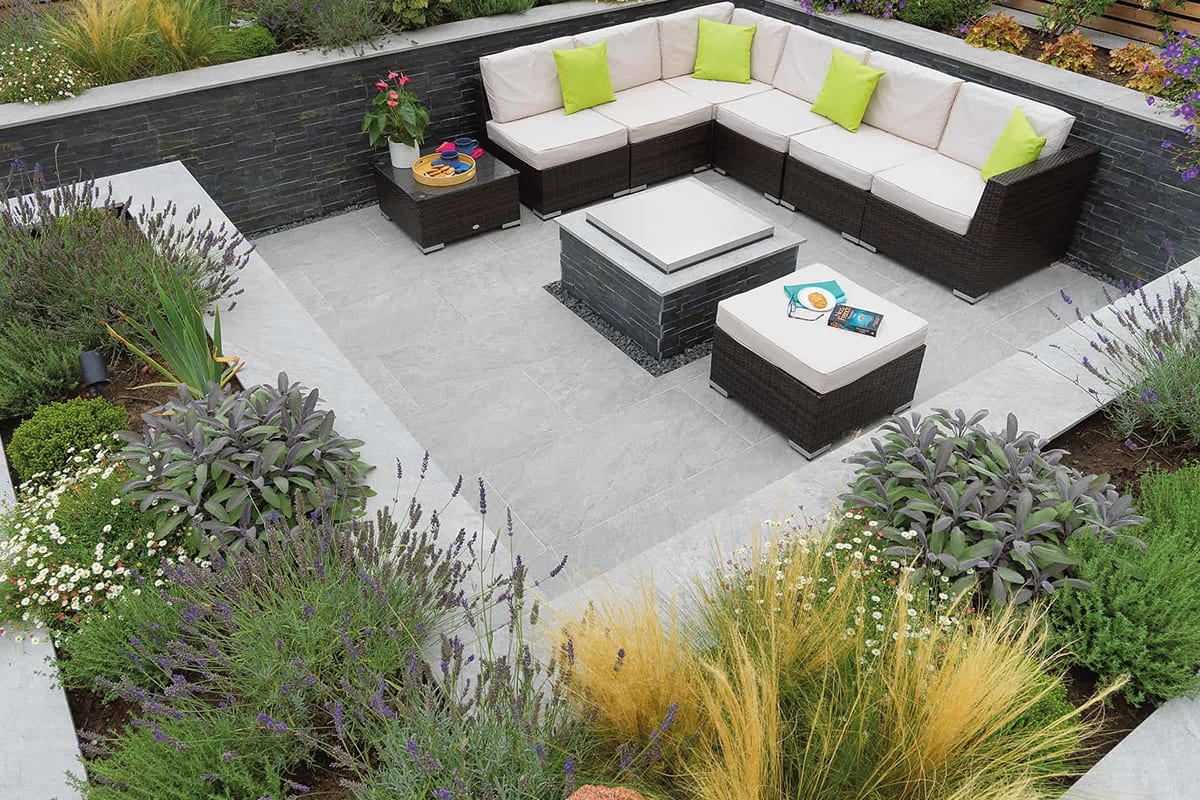
Comprehensive Garden Design Services
Professional garden designers offer diverse services tailored to different project scales and client requirements. Many garden designers work from a dedicated studio, where they develop and manage their landscape projects in a professional environment. Understanding these service options helps you select the most appropriate level of support for your specific needs and budget.
Design Consultations and Planning
Initial consultations allow designers to understand your vision, assess your space, and identify opportunities and challenges. Many designers offer scaled service levels, from basic consultations providing design direction to comprehensive planning packages including detailed drawings and specifications.
During this phase, designers evaluate site conditions, discuss your lifestyle requirements, and establish realistic budgets and timelines. They often provide initial concepts and mood boards that help visualise potential directions before committing to detailed designs.
3D Visualisations and Technical Plans
Modern garden designers utilise sophisticated software to create realistic 3D renderings that help clients visualise proposed designs. Many 3D visualisation tools have been created to be user-friendly for both professionals and beginners, making the design process accessible to all experience levels. These tools prove invaluable for understanding spatial relationships, material choices, and seasonal variations before implementation begins.
Technical plans include detailed planting schedules, construction specifications, and maintenance guidelines. These documents ensure accurate implementation whilst providing ongoing reference for garden care and future modifications.
Installation and Project Management
Many garden designers offer complete project management services, coordinating with contractors, suppliers, and tradespeople to ensure seamless implementation. They oversee construction quality, timing, and adherence to design specifications whilst managing any necessary adjustments during installation.
This comprehensive approach ensures design integrity whilst relieving clients of complex coordination responsibilities. Professional project management often results in faster completion times and higher quality outcomes.
Ongoing Support and Maintenance Planning
Professional garden designers often provide ongoing support through establishment periods and beyond. They can develop maintenance schedules, provide seasonal guidance, and suggest modifications as gardens mature and evolve.
Many designers offer annual review services, helping adjust plantings, refresh seasonal displays, and implement improvements based on garden performance and changing client needs.
Clients are encouraged to provide feedback on their garden’s performance and the designer’s services, as this input helps improve future projects and ensures ongoing development.
Flower Selection: Bringing Colour and Character to Your Garden
Choosing the right flowers is a vital part of garden design, as it sets the tone and personality of your outdoor space. The selection process goes beyond simply picking your favourite colours—garden designers consider the climate, soil type, and overall style of your garden plan to ensure that each plant thrives and contributes to a harmonious design.
A thoughtfully curated mix of annuals and perennials can create vibrant displays that change with the seasons, adding depth, texture, and visual interest to your garden. The right flower combinations can also attract beneficial wildlife, such as bees and butterflies, turning your garden into a lively and sustainable haven.
For inspiration, many garden designers look to the RHS Chelsea Flower Show, where award-winning gardens showcase innovative plant pairings and creative uses of colour. These displays often set trends in garden design, offering fresh ideas for both professionals and enthusiasts. By drawing on such inspiration and tailoring it to your unique space, you can create a garden that is not only beautiful but also full of character and life.
Garden Design Tools and Resources
Modern garden design is supported by a wealth of tools and resources that make it easier than ever to create a stunning outdoor space. Whether you’re a professional garden designer or a homeowner with a passion for plants, having access to the right software, guides, and expert advice can help you bring your garden plan to life.
Garden design software like SmartDraw and Planner 5D allows you to visualise your ideas in detail, offering features such as drag-and-drop objects, customizable layouts, and realistic 3D renderings. These tools enable you to experiment with different styles, layouts, and plant combinations before any work begins, ensuring your vision is fully realised. You can draw up plans that include everything from trees and shrubs to hard landscaping features, making it simple to communicate your ideas with your design team or builders.
In addition to software, online resources such as the RHS website provide a treasure trove of inspiration, practical tips, and expert advice. You’ll find video guides, planting suggestions, and case studies from leading garden designers, including highlights from the RHS Chelsea Flower Show. Books, blogs, and social media channels also offer endless ideas to help you customise your garden design to suit your taste and space.
By leveraging these tools and resources, you can streamline the design process, avoid common pitfalls, and achieve a garden that truly reflects your vision and lifestyle. Whether you’re starting from scratch or refining an existing garden, the right resources make all the difference in turning your outdoor space into a beautiful, functional, and inspiring landscape.
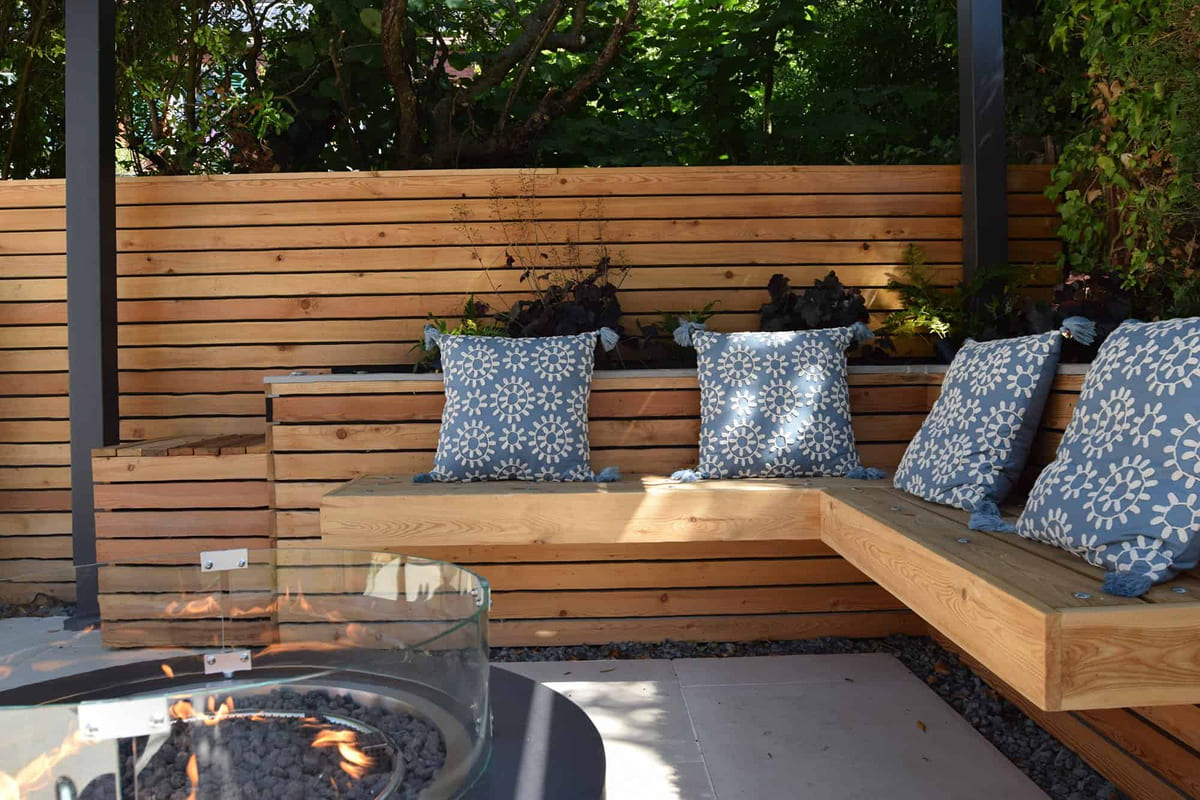
Selecting the Right Garden Designer
Choosing an appropriate garden designer significantly impacts your project’s success and satisfaction. Several key factors deserve consideration when evaluating potential designers for your project.
When discussing your ideas, using the right words and clear terminology is essential to ensure your vision is accurately communicated and understood by your garden designer.
Experience and Portfolio Assessment
Review potential designers’ portfolios carefully, looking for projects similar in scale and style to your vision. Pay attention to design variety, quality of implementation, and evidence of plants thriving in completed projects.
Consider asking about their horticultural training, design qualifications, and industry memberships. Professional associations often require continuing education and adherence to quality standards that benefit clients.
Client References and Testimonials
Speaking with previous clients provides valuable insights into designers’ working styles, reliability, and long-term results. Ask specifically about communication quality, problem-solving abilities, and post-installation support. Well-established designers should readily provide recent client references.
Look for testimonials that mention specific aspects important to your project, such as budget management, timeline adherence, or particular design challenges that mirror your situation.
Communication and Vision Alignment
Successful garden design projects require excellent communication between the designer and client. During initial meetings, assess whether the designer listens carefully to your ideas, asks thoughtful questions, and demonstrates understanding of your vision and constraints.
The best garden designers balance professional expertise with respect for client preferences, offering creative solutions whilst ensuring designs remain true to your aesthetic sensibilities and practical requirements.
Why Gloucestershire Garden Design Stands Out
Gloucestershire Garden Design distinguishes itself through exceptional creativity, meticulous attention to detail, and commitment to sustainable design practices. With extensive experience delivering garden and landscape projects, we have developed local expertise and a national reputation for excellence. Our team combines extensive horticultural knowledge with innovative design approaches, creating gardens that are both environmentally responsible and visually stunning.
We specialise in bespoke garden projects that reflect each client’s unique personality and lifestyle requirements. Our comprehensive service approach ensures seamless project delivery from initial concept through long-term maintenance planning, providing peace of mind and exceptional results.
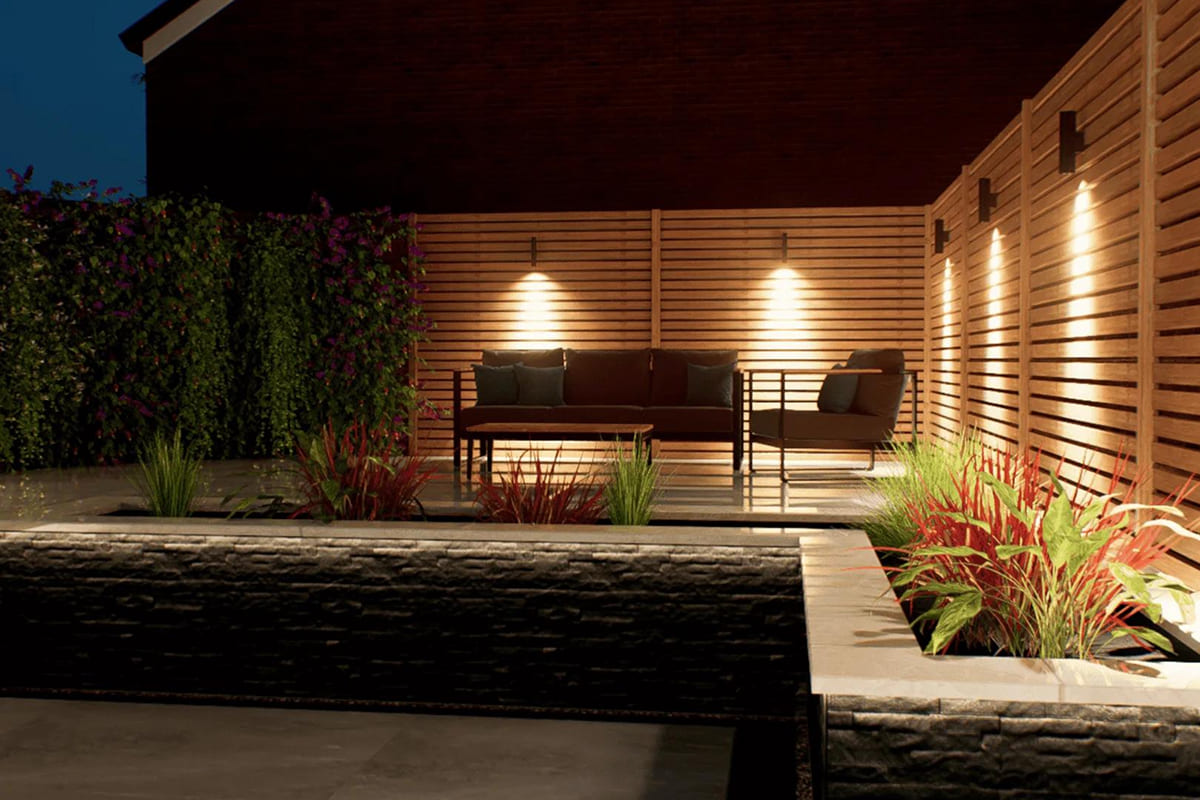
Current Garden Design Trends and Inspiration
Contemporary garden design embraces diverse influences whilst prioritising sustainability, functionality, and year-round interest. Current trends in landscape design play a significant role in shaping contemporary garden design approaches, guiding choices in layout, plant selection, and overall aesthetics. Understanding current trends helps inform design decisions whilst ensuring your garden remains relevant and inspiring for years to come.
Contemporary and Modern Aesthetics
Modern garden design emphasises clean lines, geometric forms, and carefully curated plant palettes. These gardens often feature structured planting schemes, architectural materials, and sophisticated colour combinations that create dramatic visual impact with relatively minimal maintenance requirements.
Contemporary gardens frequently incorporate innovative materials like corten steel, contemporary ceramics, and sustainable composite decking. Pools are increasingly popular as a luxurious and functional feature, often included alongside other modern elements such as water features, fire pits, and outdoor lighting. Water features serve as focal points, whilst outdoor lighting extends garden enjoyment into evening hours.
Sustainable and Wildlife-Friendly Approaches
Environmental consciousness increasingly influences garden design decisions. Sustainable gardens prioritise native plants, efficient irrigation systems, and organic maintenance practices that support local ecosystems whilst reducing environmental impact.
Wildlife-friendly design incorporates diverse plant species that provide food and habitat for birds, beneficial insects, and small mammals. These gardens often include features like bird baths, insect hotels, and native wildflower areas that enhance biodiversity whilst creating beautiful naturalistic displays.
Innovative Materials and Outdoor Living
Contemporary garden design increasingly blurs boundaries between indoor and outdoor living spaces. Outdoor kitchens, comfortable seating areas, and weather-resistant furnishings create versatile spaces for relaxation and entertainment throughout the year.
Innovative materials enable creative design solutions that were previously impractical or unavailable. Permeable paving reduces drainage issues whilst maintaining attractive appearances, and weather-resistant fabrics extend outdoor furniture lifespans significantly.
Seasonal Interest and Year-Round Appeal
Successful contemporary gardens provide visual interest across all seasons through careful plant selection and strategic design planning. This approach combines evergreen structural plants with seasonal highlights that ensure gardens remain attractive and engaging year-round.
Seasonal planting strategies might include spring bulb displays, summer perennial borders, autumn foliage features, and winter architectural elements that maintain garden appeal when herbaceous plants are dormant. Well-planned seasonal features can have a surprising impact on the overall enjoyment of a garden, often exceeding expectations and delighting visitors throughout the year.
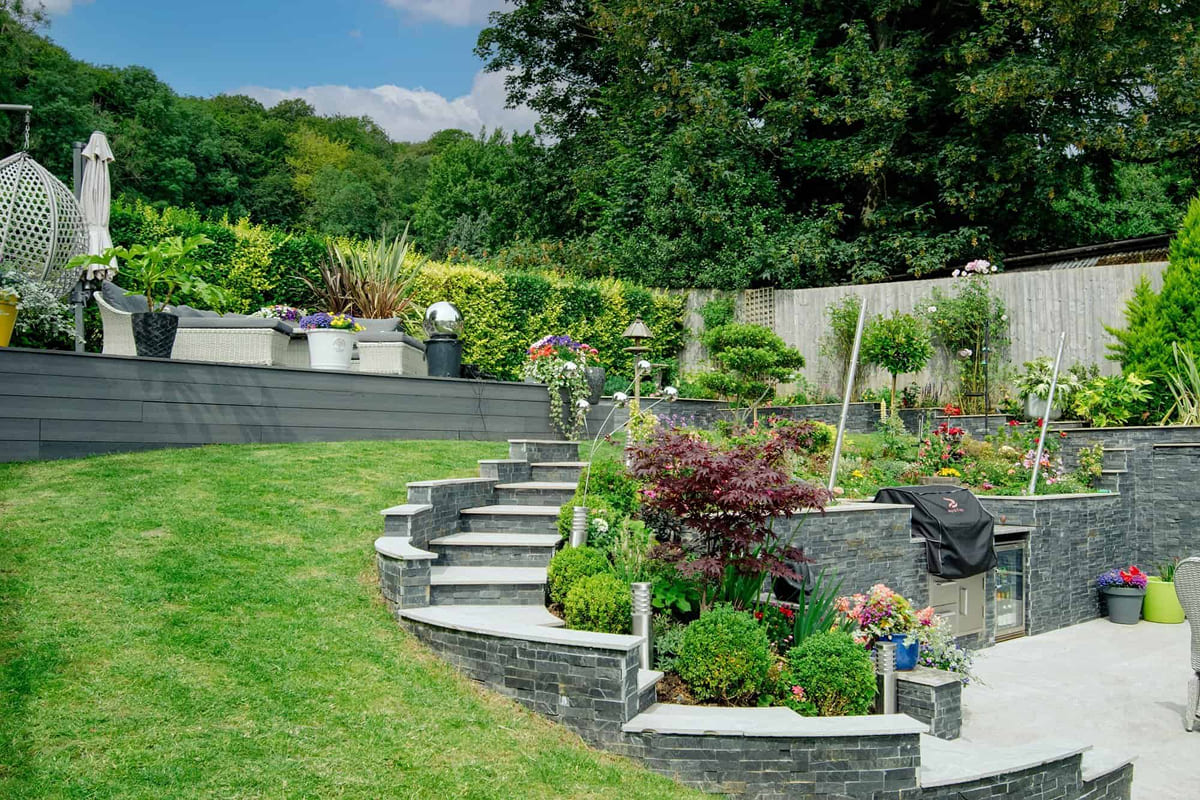
Transform Your Outdoor Space with Professional Expertise
Professional garden design offers transformative potential that extends far beyond simple plant arrangements or basic landscaping improvements. The right garden designer brings together horticultural expertise, design creativity, and practical knowledge to create outdoor spaces that enhance your property value, daily life quality, and environmental stewardship.
Successful garden projects begin with clear communication between designer and client, followed by thorough planning that addresses both immediate desires and long-term maintenance considerations. Marketing plays a crucial role for garden design businesses, helping them reach new clients and build a strong reputation in a competitive industry. Professional designers navigate complex decisions regarding plant selection, structural elements, and seasonal planning whilst ensuring results align with your vision and budget parameters.
If you’re looking for a professional garden designer in Gloucester, Gloucestershire Garden Design can help transform your outdoor space into the garden of your dreams. Our team combines creativity with practical expertise to deliver bespoke garden projects that reflect your personal style whilst enhancing your property’s value and appeal.
Contact us today to discuss how we can bring your garden vision to life through professional design excellence and meticulous attention to detail.
Frequently Asked Questions
What does a garden designer do?
A garden designer plans and creates outdoor spaces by balancing hard landscaping elements like patios and pathways with soft landscaping, including plants and lawns. They consider factors such as soil conditions, climate, maintenance requirements, and client lifestyle to create functional, beautiful, and sustainable gardens that provide year-round appeal.
How much does it cost to hire a garden designer?
Garden design costs vary significantly depending on garden size, design complexity, materials selected, and installation requirements. Most professional designers provide bespoke quotations following initial consultations where they assess your space and discuss your requirements. Investment typically ranges from basic consultation fees to comprehensive design and installation packages.
How long does a garden design project take?
Project duration depends on scope and complexity, but most residential garden designs require several weeks for planning and design development. Implementation schedules vary based on garden size, structural work requirements, and seasonal planting considerations. Your designer will provide realistic timelines during initial consultations based on your specific project requirements.
Can a garden designer create a low-maintenance garden?
Professional garden designers excel at creating low-maintenance gardens through careful plant selection, efficient irrigation planning, and strategic design choices. They select plants suited to your specific conditions that require minimal intervention whilst maintaining visual appeal throughout the year, often incorporating sustainable practices that reduce ongoing maintenance requirements significantly.


